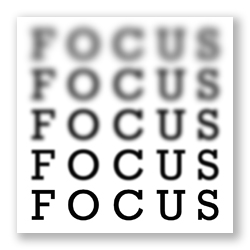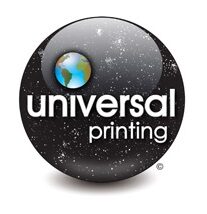Here’s a simple “fun” fact about printing: Printers CRINGE at projects with dark blue ink!
Pocket folders are a great way to package and present a variety of materials to your intended audience; whether it’s documents, inserts, CD/DVDs, brochures, booklets, or other items. One of the appeals of pocket folders is their ability to cost effectively enhance your brand or message, since they can be custom printed and produced fairly econimically.
A few months ago we posted a 2-part Blog about Choosing the Right Paper but we still get a lot of questions about one VERY confusing topic: Paper Weight and Thickness.
Tri-fold brochures are one of the most common types of marketing pieces. They are thin and convenient to carry, or can easy used as a self-mailer. They offer a slight element of surprise by enticing the viewer to open it and see what’s inside. Despite how familiar most consumers are with this format, it’s still surprising how few people know how to properly setup their files to create one.
Let’s face it… NOBODY enjoys proofreading. Ok, maybe there’s a rare few that get a kick out of it from time-to-time, but nobody really “likes” it. Still, it’s a very important step in any graphic design project or page layout process, and one that sometimes gets overlooked. It’s easy to “pass the buck” on this, and assume someone else should have proofread; but anyone involved in putting files together for printing should take a moment to proof their work. Granted, I’m only talking about proofing for completion and accuracy. Grammar and punctuation can be addressed in someone else’s blog! For us, we just want to help get it on press quickly, and address any concerns BEFORE the project is plated and printed. These tips will help make your proofreading process a little easier.
So you want to know even more about paper, eh? I don’t blame you. Our previous blog post went over some of the basics of paper, like the type of coating or finish, and caliper, weight and bulk. This post will cover opacity, brightness, shade and grain. Let’s get started!
Paper comes in all colors, weights, and finishes; and sometimes our customers know EXACTLY what paper they want. More likely, we’ll take in a project where the client won’t have a clue what they want, or even need.
Universal Printing has been in business for over 30 years, and when you’re doing something for so long it’s easy to forget that things we deal with day-in and day-out are completely foreign and mysterious to other people. This is the case with RGB and CMYK color spaces.
So far our previous blog posts have talked about Spot Colors, Process Colors, and how the difference between coated and uncoated paper impacts the color and appearance of the ink. Sometimes you might want to get a little more POP from your printed pieces. For some people, metallic ink has great appeal.
If you read our previous blog post, you should know the difference between Spot Colors and Process Colors and the role they play in commercial printing. Just to recap a few points:
